Why Does the Correct Placement of Street Furniture Matter?
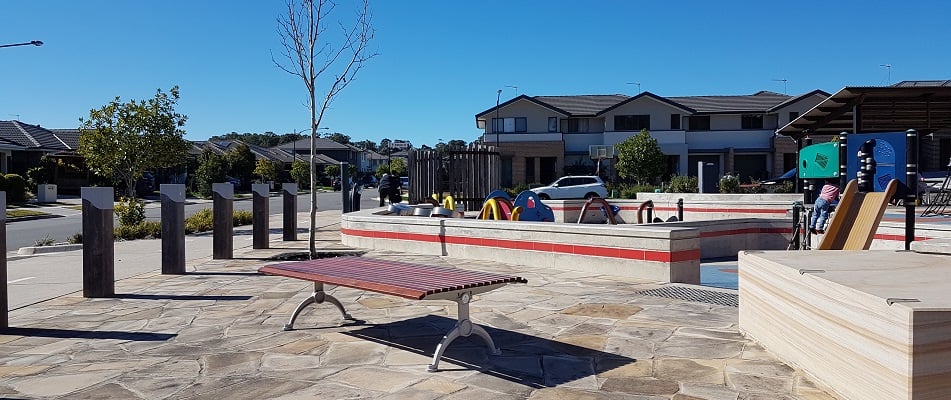
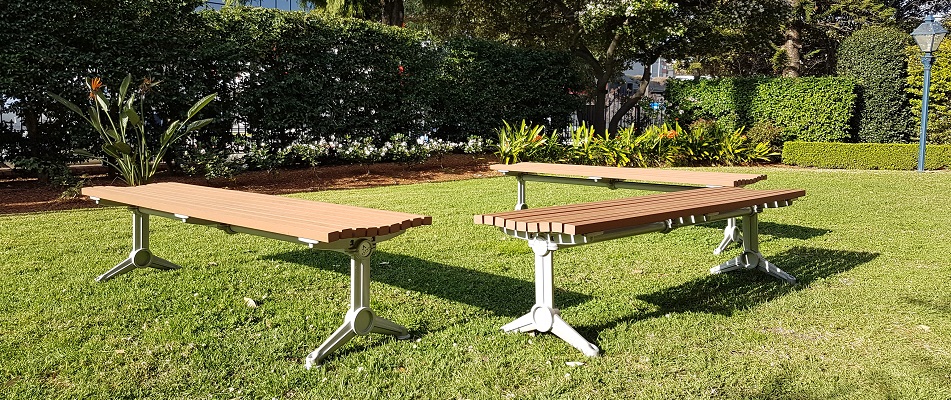
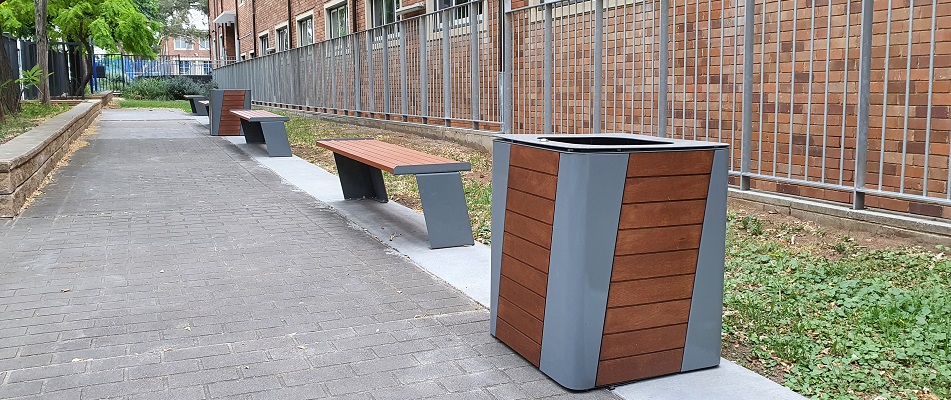
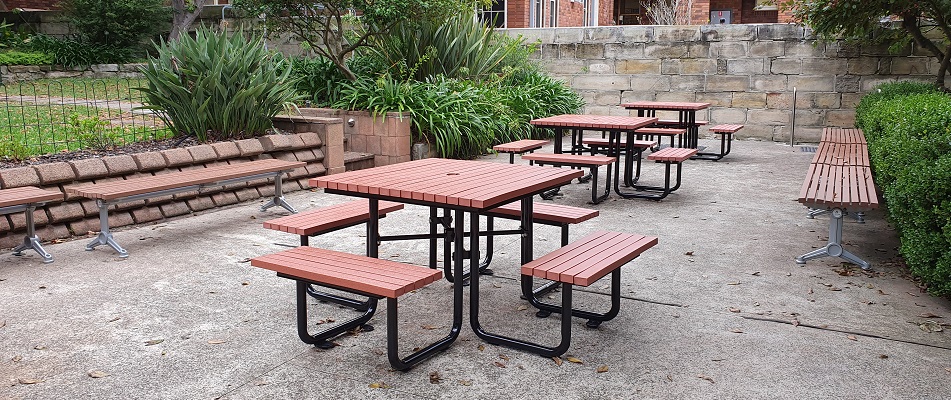
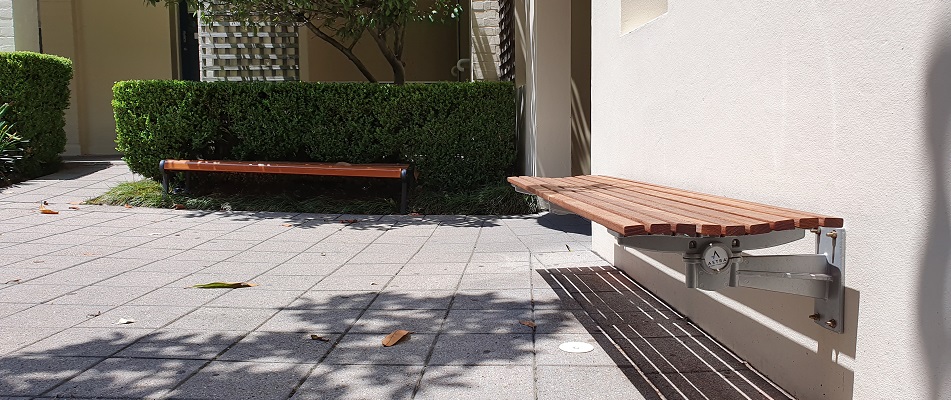
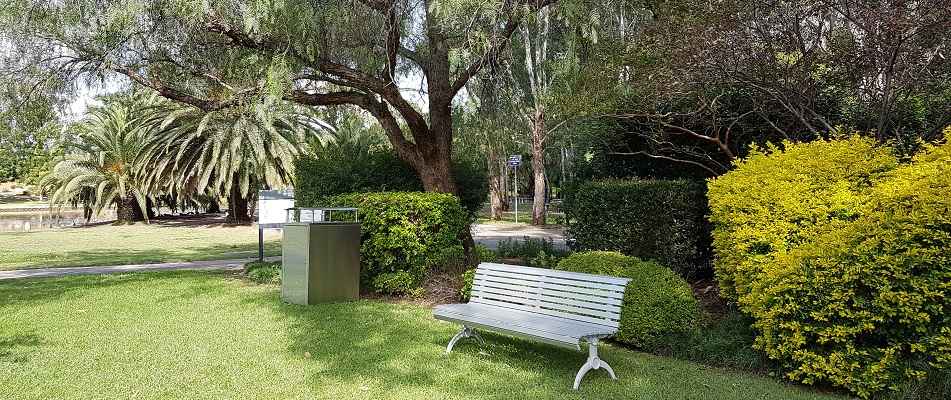
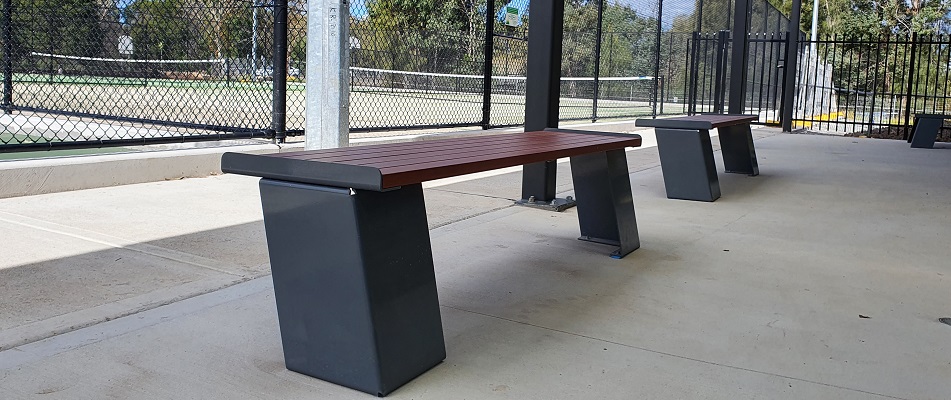
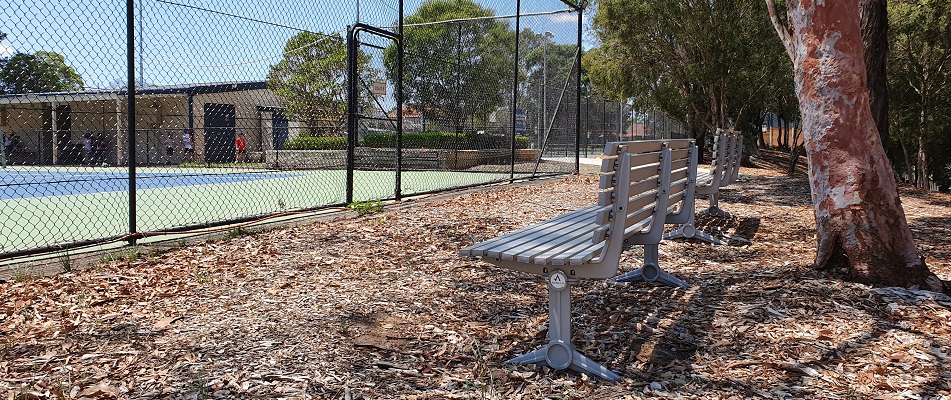
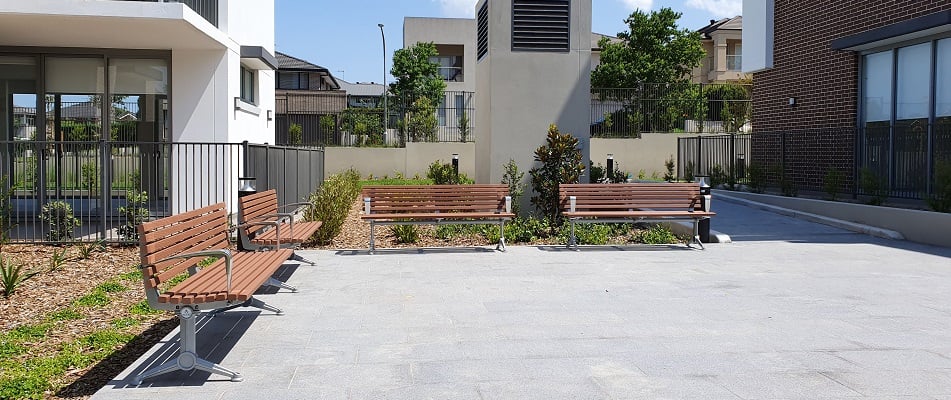
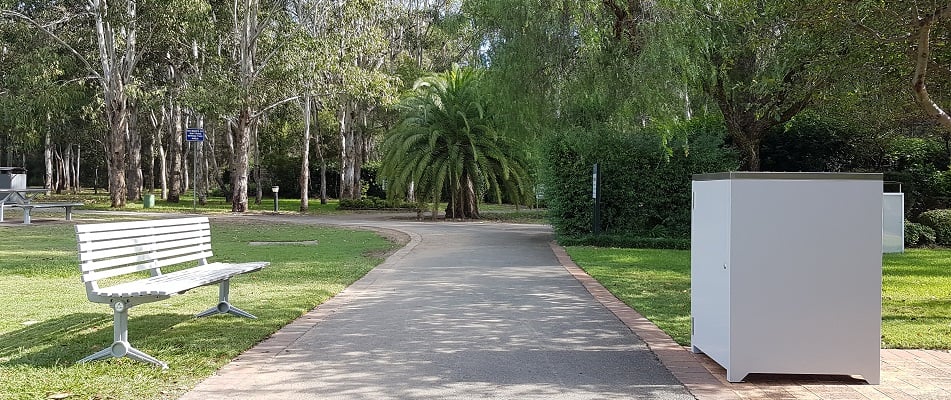
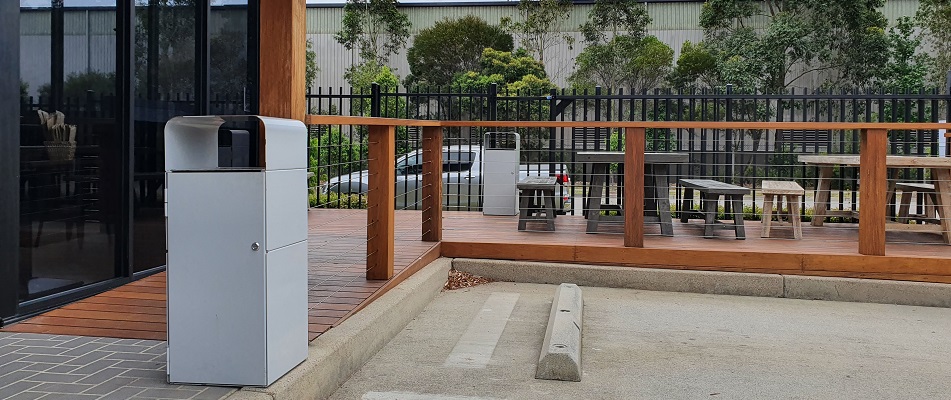
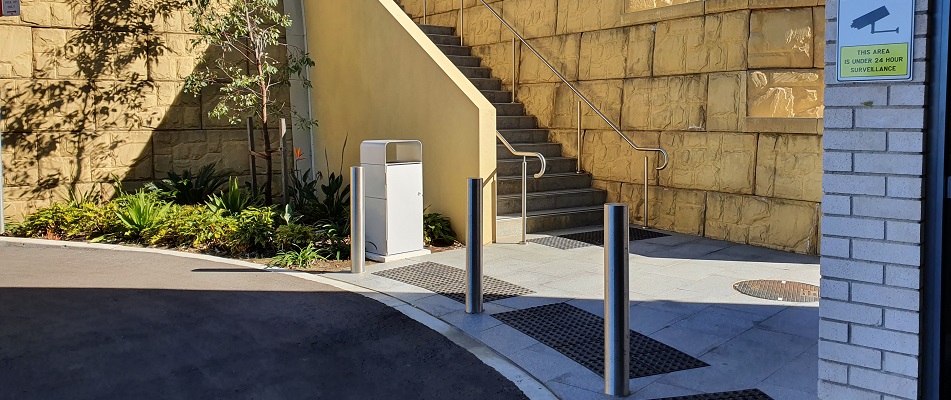
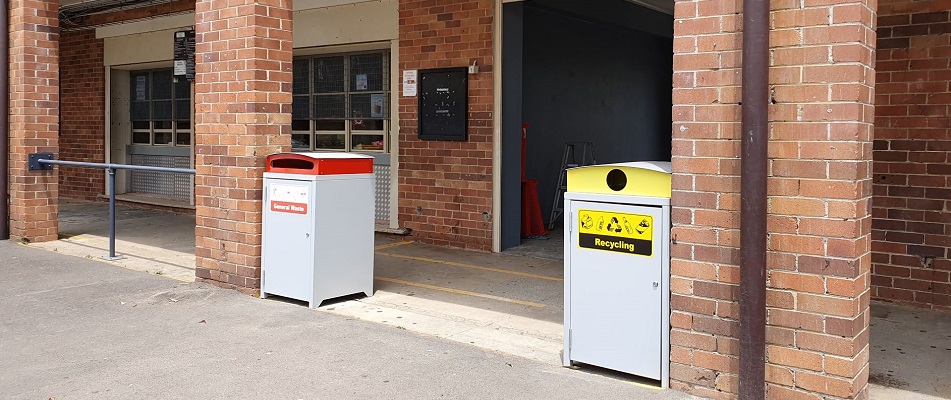
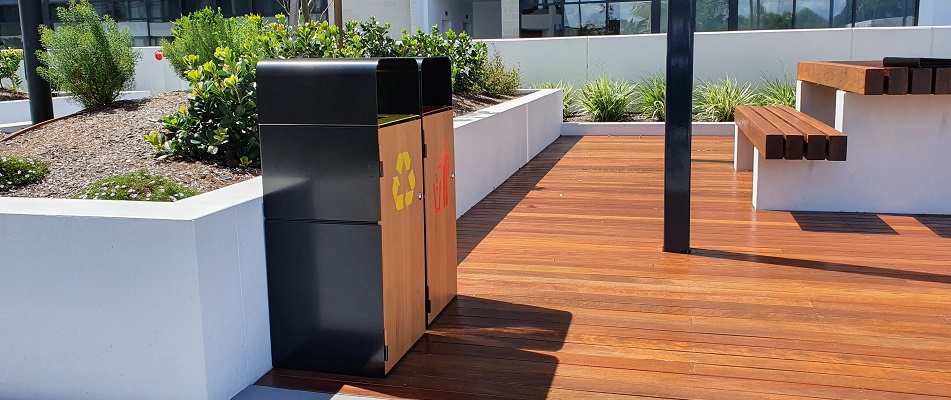
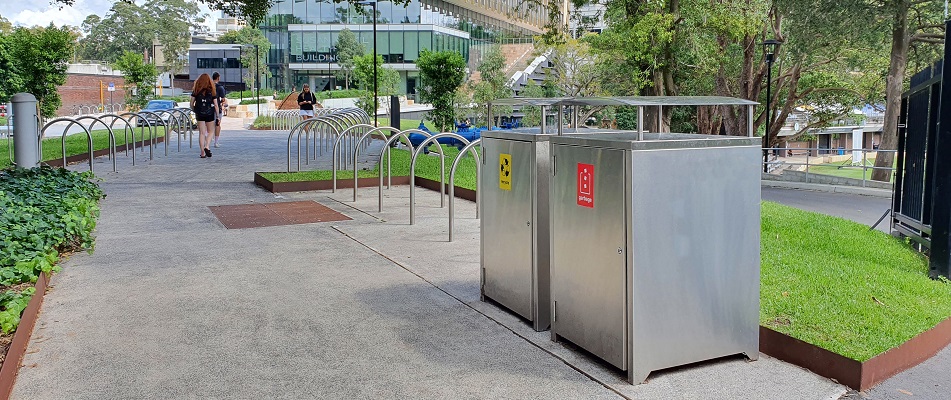
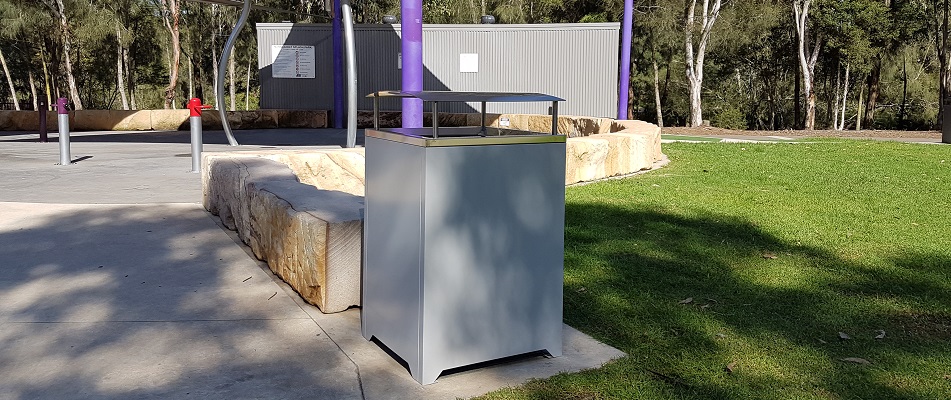
The placement of street furniture is crucial as it should not be placed in hazardous locations for users and those passing by. It is often not taken into great consideration the most effective and advantageous positions of placement in indoor and outdoor locations for facilities including shopping centres, public transport stations, parks, educational facilities, nursing homes, hospitals, and government departments. The placement of street furniture needs to take into consideration different elements, such as the demographic of users and types of landscapes they are placed in. Below is a quick guide outlining placement options you may not have considered.
Seats, Benches & Table Settings
The prime location for seats and benches should be based on
pedestrian traffic and places where there is continuously heavy pedestrian use.
A poor location choice would be areas that see little activity such as the
front of offices that close early, building fronts without windows, and in
spaces hidden from view or far away from active areas. Any place within a
facility that serves as a space where people will wait, meet, or socialise,
seating should be integrated. The seating should be situated in these areas so
that when they are not in use, they don’t create a sense of separation or
emptiness.
In outdoor landscapes, seating should be arranged where
there is permanent or sufficient protection from the wind and should provide a
choice for either sitting in the shade or sun. Throughout parks or outdoor
facilities that see increased foot traffic, it is important that seats or
benches are set out in reasonable rest intervals. This needs to take into
consideration the needs of the disabled and elderly and that the placement of
seating should be near other amenities such as toilet blocks, bus shelters,
waste bins, and visitor/waiting areas.
The placement of benches can also be set at right angles to
each other to create socialisation or collaborative discussion between users.
If they are placed in a row, they prevent the ability of group conversation. If
seating is simply placed directly opposite only, it will deter people from using
as it forces strangers to make direct eye contact which may be uncomfortable. The
placement of a group of benches or seats also needs to accommodate for
wheelchairs and walkers for the disabled without disturbing pedestrians.
Waste Bins
The most common mistake that is made with the placement of
bins is simply putting them wherever there is empty space, instead of logically
placing them where they are needed most. If they are placed in empty spaces, precious
budgets will be wasted on placing bins where they will not be utilised
effectively, whilst other places in the facility will not be able to keep up
with the volume of rubbish being disposed of. More often than not, people are
not inclined to change their walking, sitting or eating path simply to find a
litter bin, so the appropriate placement is crucial!
Adequate exposure of waste bins is fundamental for their
correct usage, they need to be highly visible and accessible to minimise
littering. The placement of waste bins should strategically be where they are
most likely to be used in differing areas, facilities, and outdoor areas. This
includes crowded areas like busy intersections, close to crosswalks, in close
proximity of take-away food outlets, bus stops, in shopping centres, and outside
building entrances such as offices and retail outlets. Another primary location
where waste bins are considered a necessity is near other street furniture
items like benches, seats, shelters, picnic settings, and playground equipment.
Although they should be within close proximity to street furniture items, they
should also be situated far enough from seating areas to not be affected by the
unpleasant rubbish odour and insects it may attract.
Recycling streams aren’t always ideal in locations such as
fast-food outlets where it is possible that there are high levels of waste contamination,
and the rubbish is no longer fit to be recycled. In this situation, it may be
best to place a general waste bin to ensure rubbish is still disposed of
correctly and not left on furniture or thrown on the floor. As with all street
furniture, the waste bins need to be placed in areas where they can be accessed
by the whole community, including the elderly, people in wheelchairs, and young
children.
There are many different points of consideration in terms of ensuring the correct waste bin or waste management stream is selected, and in which location they will be best utilised. Over time, it may be evident that certain street furniture items are not successful in certain locations and a new placement plan will need to be established. When the high traffic areas can be identified, what type of waste the users of the area are disposing of, and the types of activities being performed in the area, the selection of street furniture and its placement will become clear!

 Seating
Seating Benches
Benches  Curved Benches
Curved Benches Commercial Picnic Tables
Commercial Picnic Tables Concrete Plinth Mount Seating
Concrete Plinth Mount Seating Litter Bins
Litter Bins Bin Enclosures
Bin Enclosures  Shelters
Shelters Bike Parking
Bike Parking Architectural Bollards
Architectural Bollards Planter Boxes
Planter Boxes Skate Deterrents
Skate Deterrents  Drinking Fountains
Drinking Fountains Outdoor Classrooms
Outdoor Classrooms Athens Suite
Athens Suite Barcelona Suite
Barcelona Suite Berlin Suite
Berlin Suite Copenhagen Suite
Copenhagen Suite Dublin Suite
Dublin Suite Florence Suite
Florence Suite Glasgow Suite
Glasgow Suite Liverpool Suite
Liverpool Suite London Suite
London Suite Madrid Suite
Madrid Suite Manchester Suite
Manchester Suite  Milan Suite
Milan Suite Orbit Suite
Orbit Suite Paris Suite
Paris Suite Prague Suite
Prague Suite  Portsmouth Suite
Portsmouth Suite Rome Suite
Rome Suite Venice Suite
Venice Suite  Vienna Suite
Vienna Suite Woodville Suite
Woodville Suite School Furniture
School Furniture Healthcare Furniture
Healthcare Furniture Local Government Furniture
Local Government Furniture Park & Street Furniture
Park & Street Furniture Shopping Centre Furniture
Shopping Centre Furniture Aged Care Furniture
Aged Care Furniture